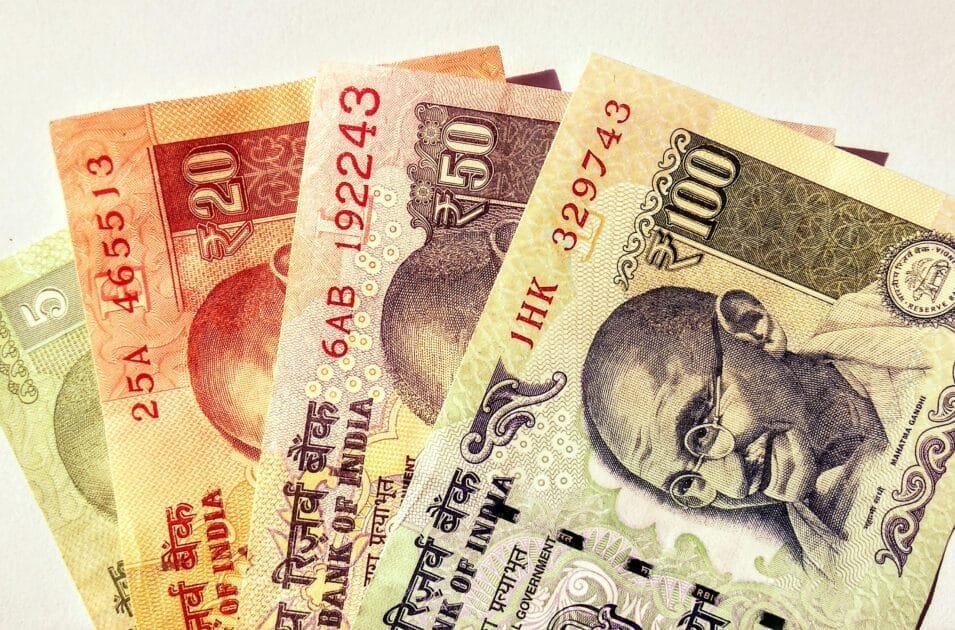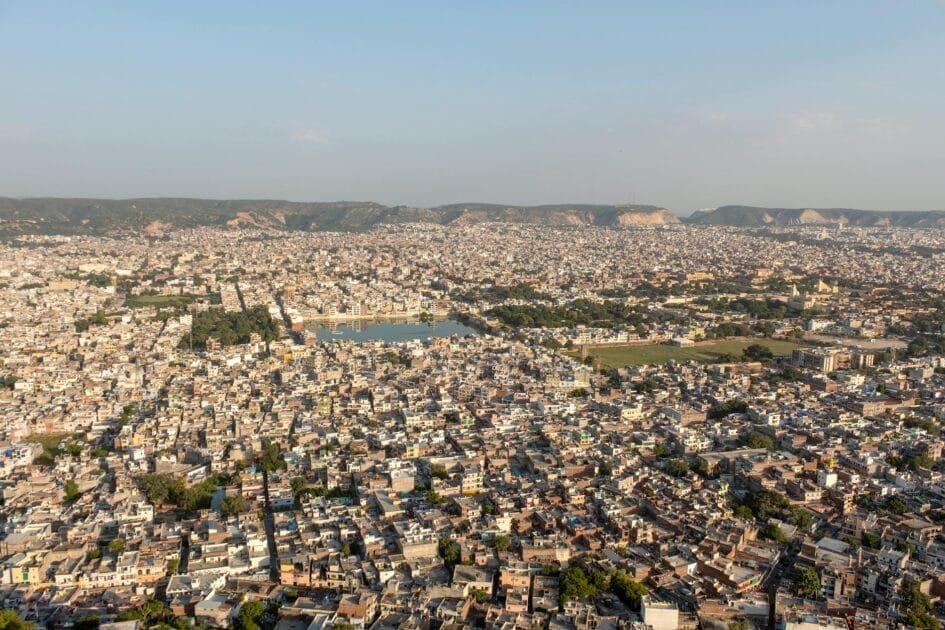Shikshamitra Crisis 2025 is not just a policy failure — it is a moral crisis that questions India’s dream of becoming a Vishwaguru. In Uttar Pradesh, thousands of Shikshamitras and Anudeshaks—some with over two decades of service—are still working on contractual terms, surviving on meager salaries and battling daily humiliation.
This article exposes the deep, lived pain behind the statistics—where teachers are no longer educators, but exploited laborers.
Table of Contents

I. Historical Background of Contractual Teachers
1.1 The Beginning of Shikshamitras
Launched in 2001, the Shikshamitra scheme aimed to address rural teacher shortages in Uttar Pradesh by appointing locally educated youth with minimal qualifications as temporary teachers on a meager honorarium. These Shikshamitras became the backbone of rural education, yet their roles remained insecure due to lack of policy support.
1.2 The Appointment of Anudeshaks
Introduced in 2013, the Anudeshak scheme hired subject-specific instructors for Mathematics, Science, and English at the secondary level, based on merit. Despite many being TET and B.Ed qualified, they were employed on 11-month contracts without any path to permanency.
II. Economic Exploitation and Livelihood Crisis
2.1 Salary Disparity
| Category | Monthly Salary | Employment Status |
|---|---|---|
| Shikshamitras | ₹10,000 | Contractual (20+ years of service) |
| Anudeshaks | ₹9,000 | Contractual (10–12 years of service) |
| Regular Teachers | ₹60,000–₹1,25,000 | Permanent with full benefits |
2.2 Example: Rajkumar Yadav, Shikshamitra, Ballia
“I’ve been teaching for 18 years, yet I still carry a temporary ID card. My child is in college, I couldn’t pay his fees, and I end up fighting with the grocer at the end of every month.”
2.3 Living on the Brink of Starvation
- Forced to send children to government schools
- No access to milk, fruits, or medicines
- Trapped in debt and living on credit

III. Mental Health Struggles and Suicides
3.1 Governmental Insensitivity
- Constant threats of job termination
- Ambiguity in court orders (High Court/Supreme Court)
- Salary delays, increasing workloads
3.2 Suicides Among Teachers
In 2023 alone, nearly 17 Shikshamitras died by suicide due to job insecurity, unpaid wages, family stress, and humiliation. Some had been serving for over 20 years.
3.3 Psychological Impact
- Insomnia, depression
- Loss of self-worth
- Social withdrawal and alienation
IV. Policy Failures and Political Deceit
4.1 Double Standards of the Government
- Embracing Shikshamitras during elections, then abandoning them
- Silence on “equal pay for equal work”
- Used in polls, census, surveys, and vaccination drives—yet not recognized
4.2 Temporary Policy, Temporary Life
- No long-term roadmap
- Annual contract renewals bring uncertainty
- No maternity leave, safety, or dignity for female teachers
V. Adverse Impact on the Education System
5.1 Decline in Quality
- Lack of job stability leads to lack of teaching continuity
- Teachers feel helpless, fail to inspire students
5.2 Vicious Cycle of Migration and Unemployment
- Qualified teachers are migrating to private sectors or other states
- Teaching quality and motivation suffer across schools
VI. The Hollow Vision of a “Vishwaguru Bharat”
6.1 When the Teacher is Hungry
When the teacher is starving, humiliated, and dying by suicide—the dream of Vishwaguru Bharat is a cruel illusion.
6.2 Neglecting the Real Nation Builders
- Can a teacher protesting on the street be the pride of a nation?
- If a teacher must beg for employment, how can a student dream big?
VII. A Clear Roadmap for Reform
- Permanency: Regularize teachers with 10+ years of service
- Equal Pay: Match salaries with regular government teachers
- Social Security: Provide pensions, medical care, and insurance
- Promotion and Training: Ensure professional growth
- Mental Health Support: Set up wellness centers in every district
- Policy Participation: Include teacher voices in policymaking
Teachers do more than teach—they build the nation’s future. But when these very teachers are humiliated, helpless, and insecure, it’s not just a failure of the education system, but a moral failure of society itself.
“Before becoming a Vishwaguru, India must learn to treat its Gurus as human beings.”
Until Shikshamitras and Anudeshaks are granted the dignity, salary, and security they rightfully deserve, slogans like “Developed India” and “Educated India” will remain hollow dreams.
External Resources for Linking (with placement suggestions):
1. Shikshamitra Legal Case Reference (Supreme Court Verdict)
- Anchor Text: “2017 Supreme Court ruling on Shikshamitras”
- Link: https://indiankanoon.org/doc/148564514/
- Placement Suggestion: In Section III.2 (Suicides Among Teachers), mention the aftermath of Supreme Court order cancelling permanent appointments.
2. Government Response to Shikshamitra Protests
- Anchor Text: “UP govt’s stand on Shikshamitra protests”
- Link: https://www.hindustantimes.com/lucknow/shiksha-mitras-demand-regularisation-protest-101697656090881.html
- Placement Suggestion: Section IV.1 (Double Standards of Government)
3. National Sample Survey on Teacher Employment
- Anchor Text: “NSSO teacher employment data in India”
- Link: https://mospi.gov.in/web/mospi/reports-publications
- Placement Suggestion: Section II.1 (Salary Disparity) — support national trends of contract teaching
4. UNESCO Global Education Monitoring Report (India-specific)
- Anchor Text: “UNESCO report on contract teachers in developing countries”
- Link: https://unesdoc.unesco.org/ark:/48223/pf0000246231
- Placement Suggestion: Section V (Impact on Education System)
5. National Education Policy 2020 (Govt of India)
- Anchor Text: “NEP 2020 and teacher empowerment promises”
- Link: https://www.education.gov.in/sites/upload_files/mhrd/files/NEP_Final_English_0.pdf
- Placement Suggestion: Section IV.2 (Temporary Policy, Temporary Life) — use to contrast promises vs ground reality
Income Inequality in India: 2024–2025 Humanitarian Decline and National Crisis



